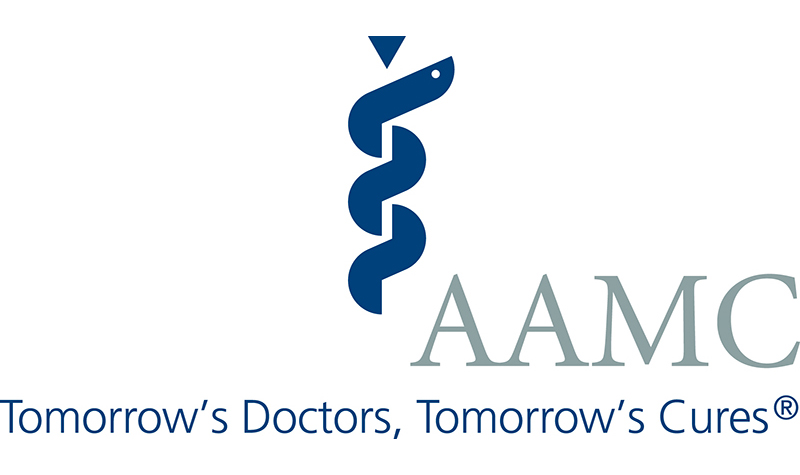From the Dean: The 100th percentile
 As I’ve mentioned before, the medical students in the Class of 2024 began their studies with us this week. I welcomed them to the UND SMHS on Monday. But unlike in prior years, the meeting was not in person—it was virtual. And rather than discussing the moral imperatives of being a physician as I have before, this time I spent some time talking about the pandemic and how we in North Dakota are managing it.
As I’ve mentioned before, the medical students in the Class of 2024 began their studies with us this week. I welcomed them to the UND SMHS on Monday. But unlike in prior years, the meeting was not in person—it was virtual. And rather than discussing the moral imperatives of being a physician as I have before, this time I spent some time talking about the pandemic and how we in North Dakota are managing it.
On Tuesday night, Susan and I hosted our traditional welcome reception for the students. We typically hold this reception at the North Dakota Museum of Art on campus, but that too was a virtual gathering. Nonetheless, we got to know the students better, and they got to know us. We had sent all of the students a welcome package ahead of time with goodies that included Chippers, a local favorite of chocolate-covered potato chips, and these were a hit! It was a fun evening, and every student stayed online for the duration of the event–so they seemed to enjoy it too.
Additionally, I thought that you might be interested in some of the information I plan to share with students and their families during Family Day activities later today. This information comes to us through the auspices of the Association of American Medical Colleges (AAMC) that compiles data from all the 155-member medical school in the U.S. and Canada. The data typically are expressed in “percentile” format; that is, where does the UND SMHS rank relative to all of the other medical schools regarding the specific area of interest? Thus, a score of 10th percentile means that 90 percent of the schools score higher than us, while a score of 90th percentile means that we score the same or higher on the given measure than 90 percent of other medical schools. The data are part of the 2020 report that the AAMC calls its Missions Management Tool, where each medical school is compared with all others to see how each school is doing on a relative basis.
The School continues to score exceedingly well on any number of areas that are central to our mission. We are at the 94th percentile as far as the number of our graduating seniors going into primary care (the highest percentile level over the past five years), and the 99th percentile in terms of the fraction of the graduating class practicing in rural areas as well as those planning to practice in family medicine. And we are at the 100th percentile (meaning the best in the country) as to the fraction of our class who identify as American Indian/Alaska Natives. We are above average as to the fraction of our faculty who are women (79th percentile), and we have lower cost for in-state tuition than 90 percent of the schools across the country.
On the other hand, there are a few areas where we need to do better. One that is not surprising given the relatively homogeneous make-up of the citizenry of our state is that our students feel less prepared to care for people of different backgrounds than students attending almost any other school in the country. But even at that, 85 percent of our students were satisfied regarding this issue. In any case, we have instituted a number of changes in our curriculum to ensure a more diverse and robust experience for our students.
Additionally, we are below average regarding the students’ assessment of the overall quality of their medical education, but again, this statistic is a little hard to interpret since 86 percent of our students are quite satisfied with the quality of their education. This is a situation where the percentile concept may be misleading. For example, say that 95 percent of our students are very satisfied with a specific aspect of our school. But if most schools report that 99 percent of their students are very satisfied with this same aspect, then we could be in the bottom 10th percentile despite very high student satisfaction! We suspect that a major factor leading to some degree of dissatisfaction has been some student unhappiness with career and academic counseling provided by the School (which is a common issue at medical schools across the country, by the way). We likely have more issues ensuring optimal advising than many schools because of our distributed campus model with students spending half of their time at clinical teaching sites remote from the central campus in Grand Forks. This has made coordination of advising between the associate dean of students who is located in Grand Forks and other advisors out in the community especially problematic.
Starting this week with the incoming class of 2024, we are instituting a major revision in how we do career counseling, and students now will have one such advisor throughout their four years of medical school. In addition, we’ve instituted a number of changes in our advising system to add structure and promote continuity. We will continue to monitor this new plan closely, but we expect it to significantly improve student satisfaction with counseling.
We take this student feedback seriously, and we are addressing those areas where we are below the middle ranking (50th percentile) when compared with other schools. The bottom line is that we are proud of our successes but take seriously areas where we can improve—and aim to do so!
Joshua Wynne, MD, MBA, MPH
Vice President for Health Affairs, UND
Dean, UND School of Medicine & Health Sciences



